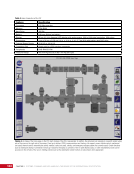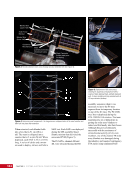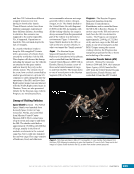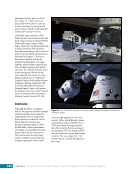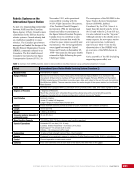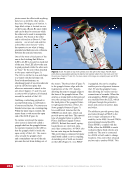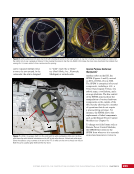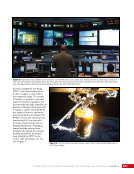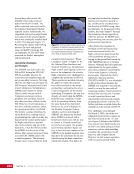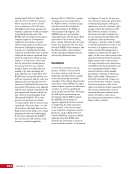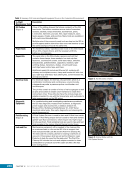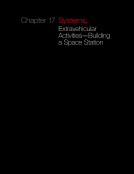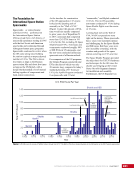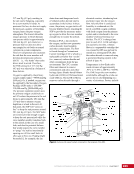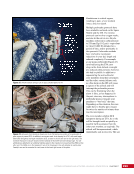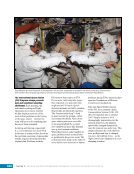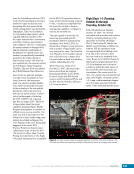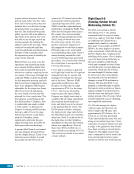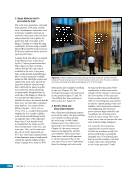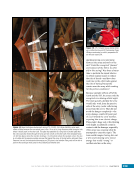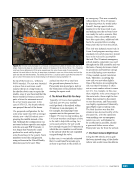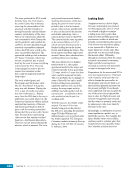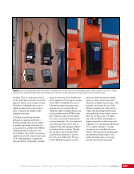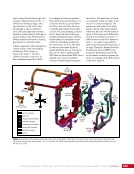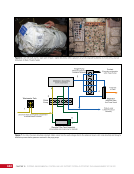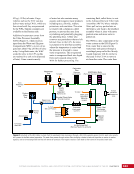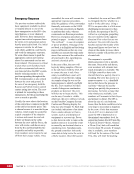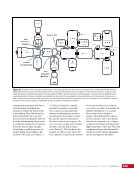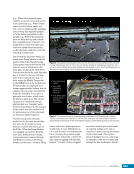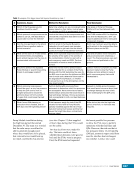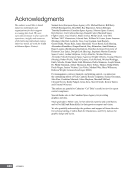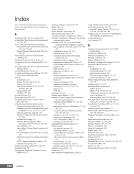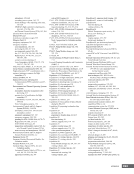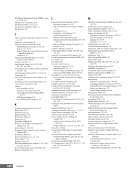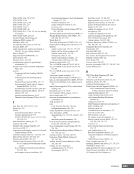xvii Segment is numbered by section and whether it is located on the port or starboard side of the ISS. Thus, S4 is the fourth truss segment on the starboard side, whereas P6 indicates the sixth element on the port side. To complicate matters, the P6 solar arrays were temporarily located on the zenith side of the ISS in 2000 until P6 was relocated to its final position in 2007. Additionally, the S2 and P2 truss segments were cut from the design during the transition from Space Station Freedom however, the other truss segments were not renumbered. These technical names were defined early in the design and are found in every technical document used on the program. Later, countries named their pressurized modules with more user-friendly names, which are used in public discourse. For example, the Laboratory module is also known as Destiny and the European Attached Pressurized Module became the Columbus module. The technical names for the segments will be used throughout this book. Figure 4 shows a graphic of all the ISS elements and which country operates them. NASA Elements CSA Elements NASA-provided element integrated into the Russian segment Roscosmos Elements ESA Elements JAXA Elements Figure 4. Components of the ISS color coded by contributing country. The ISS is the largest vehicle ever flown in space. Figure 5 compares the assembled station to a football field for scale. Assembly Sequence Since the ISS was too big to launch on any one rocket, it was constructed through 31 missions and, in fact, is still growing. The assembly sequence underwent many changes during development and execution. Sometimes, changes were dictated by delays. For example, when the next module was not quite ready to install, a logistics flight might have been added to take up crew supplies or smaller pieces of hardware. In another case, the launches of the Japanese and European modules were accelerated to ensure their installation on the ISS prior to the Space Shuttle retirement.
Purchased by unknown, nofirst nolast From: Scampersandbox (scampersandbox.tizrapublisher.com)








































































































































